How To Choose A Home Safe
Looking for some expert home safe installation services? Locksmith Locator is here to help you with selecting the most suitable safe for your home security needs.
Safes are excellent storage solutions that provide you with a high level of protection for your most prized possessions. Anything from family photos to your Will, precious jewels and various family heirlooms, paintings, golden bullions, cash, precious stamp collections or disk drives could be safely placed inside a sturdy safe. A good home vault could keep away burglars, nosy home guests, kids and their friends roaming around the house. Wall or floor mounted safes are prone to be even sturdier when dealing with potential burglars, as they are more difficult to disassemble and carry out without being noticed. Home fires caused by bad wiring, floods, hurricanes, and other natural disasters can all affect the integrity of your most valuable items inside the house. A safe is a good solution, especially if you go with one of the water and fire-resistant model out there available these days. Not sure what kind of home safe you need? The size and number of items you need to store, the room you have available for your safe installation, your budget and particular needs will help determine the best fit for you.
What Type of New Home Safe to Install?
 Knowing exactly what you will store inside the safe you plan on buying is the most crucial step towards figuring out what kind of safe you need. Some people will choose to store original edition record collections of their favorite artists, precious diamond and jewelry sets and other similar items. If you do not feel comfortable with keeping these expensive and precious items inside a bank safety deposit box then a home safe is your best and most logical option. If you plan on storing bulkier items, you should know home safes are usually found in 1.2 and 1.3 cubic feet form. Pick up a tape measure and do some simple math to figure out how big of a safe you actually need and how sturdy it should be, depending on the contents you envision for it. If you plan on storing contracts, files and insurance papers, make sure that you opt for a fire-resistant safe that also comes with a water-resistant feature. In case of a home fire or accidental flood, your safe should stay safe and available for you to retrieve it's content after the disaster passes. Of course, this depends on the safe manufacturer and the specification of each safe, but this is usually the case.
Knowing exactly what you will store inside the safe you plan on buying is the most crucial step towards figuring out what kind of safe you need. Some people will choose to store original edition record collections of their favorite artists, precious diamond and jewelry sets and other similar items. If you do not feel comfortable with keeping these expensive and precious items inside a bank safety deposit box then a home safe is your best and most logical option. If you plan on storing bulkier items, you should know home safes are usually found in 1.2 and 1.3 cubic feet form. Pick up a tape measure and do some simple math to figure out how big of a safe you actually need and how sturdy it should be, depending on the contents you envision for it. If you plan on storing contracts, files and insurance papers, make sure that you opt for a fire-resistant safe that also comes with a water-resistant feature. In case of a home fire or accidental flood, your safe should stay safe and available for you to retrieve it's content after the disaster passes. Of course, this depends on the safe manufacturer and the specification of each safe, but this is usually the case.
Know The Burglary-Resistance Rating Of A Safe
Burglars are the primary risk factor why most people decide to invest in a home safe, to begin with. The threat that lingers over their most expensive belongings is reason enough to consider having a home safe installed. Home safes that feature burglary protection come with a certain home burglary-resistance rating. The respective rating is a direct result of advanced industry testing completed with the help of a variety of lock picking tools ranging from simple to complex, as well as explosives and torches.
Here are a few of the most common safe ratings you could opt for at the moment:
- UL RSC safes that withhold entry attempts in the form of punching, prying or drilling. when attacked against punching, prying, drilling, and other tempering attacks.
- TL-15 rates that can resist a 5-minute attack completed with simple tools.
- TL-30 safes that can withstand half an hour of break-in attempts conducted with the help of drills, power saws and a variety of other electric tools.
- C-class home safes are safe models that feature doors made of steel of at least 1'' of thickness, on top of a steel body that is at least 1/2'' thick.
- B-class classification reversed 1 safe is used by insurance agents when establishing the premium of a homeowner. These safes feature a steel door and body with similar thickness compared to C-class home safes.
- TL-30X6 safes are highly sturdy types of safes that can withstand a 30-minute break-in attempt with the help of power saws, a variety of advanced lock picking tools, pressure-applying devices, and cutting tools.
How Are Home Safes Classified?
All safes are classified with the help of test performance rating or construction industry ratings:
- Test performance ratings are built according to strict construction industry specifications. They are tested by individual bodes against fire and break-in attempts and they need to score well during all tests and fully comply with the industry standards so they can be granted their ratings. Intertek-ETL and United Laboratories are a couple of the most reliable and known safe testing bodies that handle independent testing for fire resistance.
- Construction ratings are used to evaluate the material specifications of each home safe.
Fire-Resistant Home Safes
The National Fire Protection Association speaks about one in four chances of experiencing a fire inside your home. A fire-resistant safe, therefore, sounds like a good idea. UL and Intertek are two of the best brands that should get the job done. Read the specifications of the safe before purchasing it and make sure it can withstand more than 350 degrees (interior temperature). Such a safe should be able to protect your items for at least half an hour during a home fire. Some models offer fire protection for several hours, but they come at a much higher price.
Water-Resistant Home Safes
Check for the verified mark on a water-resistant safe. It is a clear and immediate indicator that the respective vault respective home vault complies with all industry requirements.
Get in touch with us for more guidance or give us a call and schedule a home safe installation meeting today if you have already found the perfect safe.

 Locksmith Service
Locksmith Service






